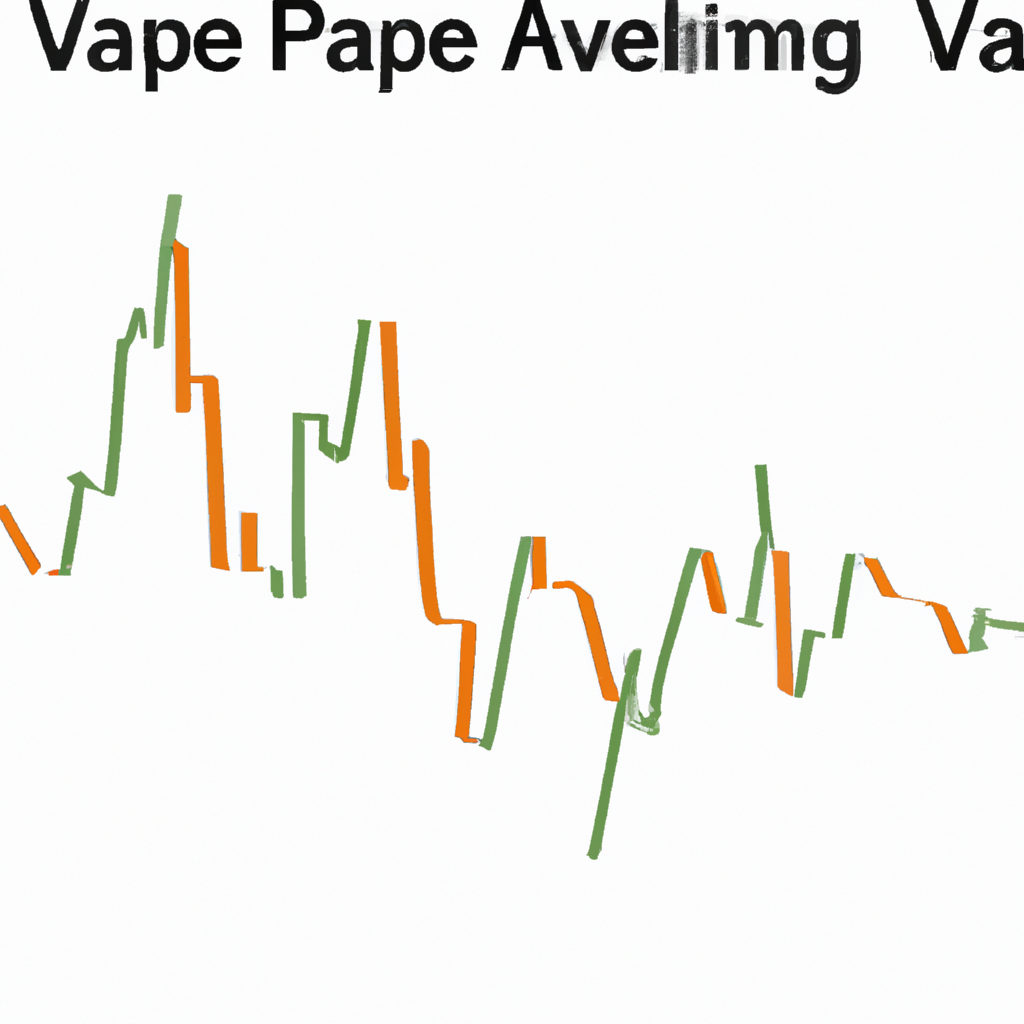Understanding Volume-Weighted Average Price (VWAP)
What is VWAP?
Volume-Weighted Average Price (VWAP) is a trading indicator used by investors and traders to assess the average price at which a particular security has been traded over a specific time period. Unlike a simple average, VWAP considers the volume of each trade, giving more weight to higher volume trades.
Why is VWAP important?
VWAP is an essential tool for traders as it helps them gauge whether they are buying or selling a security at a fair price. By comparing the current market price to the VWAP, traders can identify whether the security is overvalued or undervalued. It also provides insights into market trends, liquidity, and potential price reversals.
How is VWAP calculated?
The VWAP is calculated by multiplying the price of each trade by its corresponding volume, summing up these values, and then dividing the total by the cumulative volume. Mathematically, it can be represented as:
VWAP = (∑(Price * Volume)) / (∑Volume)
Using VWAP for trading decisions
VWAP can be used in various ways to make informed trading decisions. Here are a few common strategies:
1. VWAP as a benchmark
Traders often compare the current market price to the VWAP to determine whether a security is trading above or below its average price. If the market price is above the VWAP, it suggests that the security may be overvalued, while a price below the VWAP may indicate undervaluation. This information can help traders decide whether to buy or sell.
2. VWAP as a support/resistance level
Traders also use VWAP as a support or resistance level. If the market price consistently stays above the VWAP, it can be considered a support level, indicating potential buying opportunities. Conversely, if the price remains below the VWAP, it can act as a resistance level, suggesting potential selling opportunities.
3. VWAP as a trend indicator
VWAP can help identify market trends. If the market price consistently trades above the VWAP, it indicates a bullish trend, while prices below the VWAP suggest a bearish trend. Traders can use this information to align their trades with the prevailing market sentiment.
Limitations of VWAP
While VWAP is a valuable tool, it does have some limitations. It is most effective in liquid markets with sufficient trading volume. In illiquid markets, VWAP may not accurately reflect the true average price due to fewer trades. Additionally, VWAP is a lagging indicator, meaning it relies on historical data, which may not accurately predict future price movements.
Conclusion
Volume-Weighted Average Price (VWAP) is a powerful tool for traders to assess the average price of a security based on volume. By comparing the current market price to the VWAP, traders can make informed decisions about buying or selling securities. However, it is important to consider the limitations of VWAP and use it in conjunction with other indicators for comprehensive market analysis.
